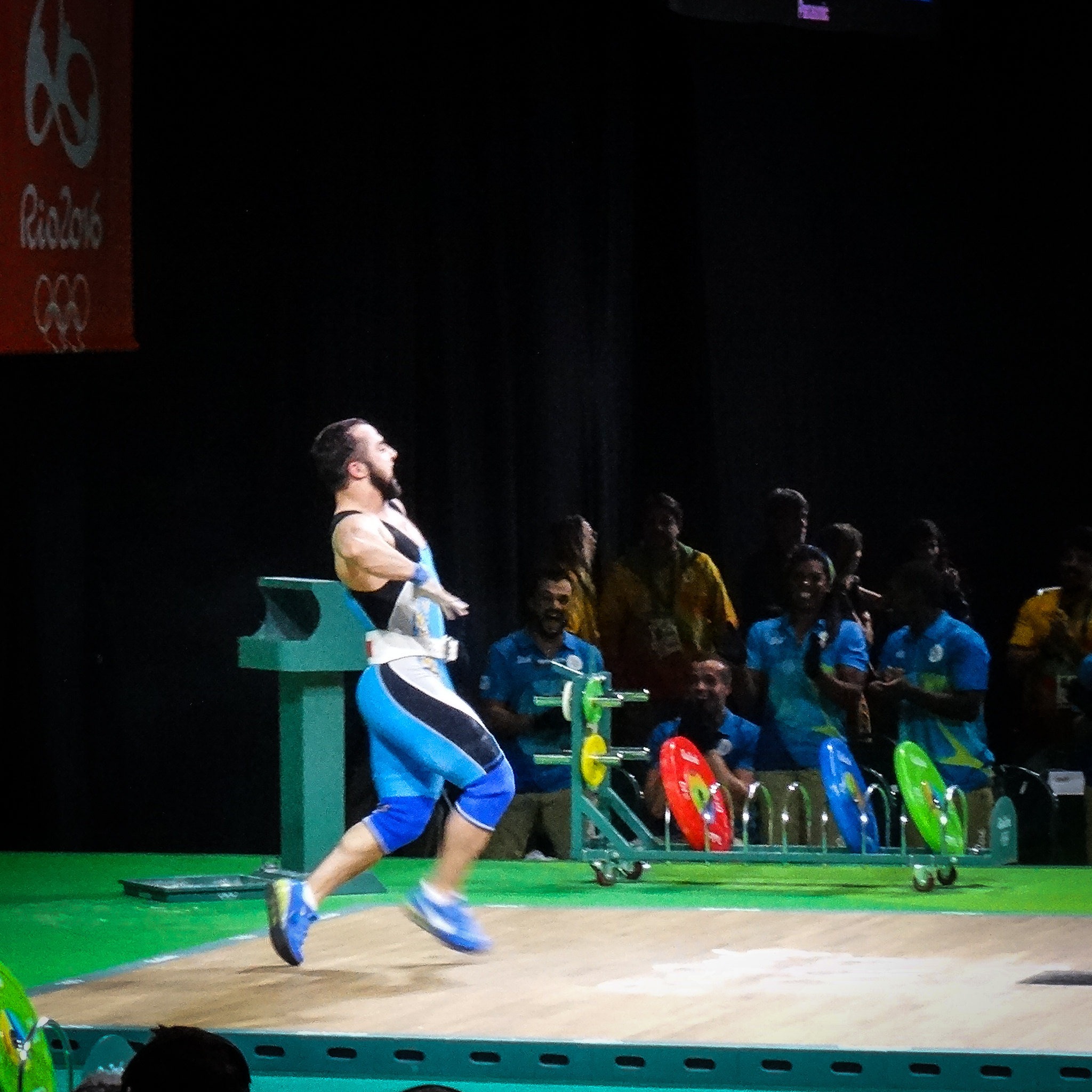This text describes the context and criteria for judging submissions for the Sound Walk September Awards.
Background
In the context of having to judge many of the works remotely, it is challenging to value submitted works in the context of their geographical space. We recognise this and aim to make the process of judging individual works somewhat easier.
Eligibility
Every sound walk created on or after January 1 in the previous year, and is submitted to WLC’s library of works, is eligible.
Work created by members of the Online and Grand Juries can be submitted for the SWS Awards. They can be shortlisted. However, members of the Online Jury can not vote on pieces they have created themselves.
Pieces by members of the Grand Jury, and pieces by the founders of WLC can be shortlisted, but can neither win, nor receive a honourable mention. Members of the Grand Jury are asked to excuse themselves from voting on pieces they have been involved in, but are not listed as one of the creators.
Limitations
It is unlikely that the jurors can experience a site-specific work in-situ. Therefore, it can be difficult to assess a piece that is designed for a particular place, without physically being present.
To somewhat ameliorate this, creators can add third-party links describing their work, and can invite others to write about their experiences ‘consuming’ their work, all within our website.
Criteria
In principle, submissions should fit the definition of a soundwalk found here. We are open to multiple interpretations of what a sound walk can be.
In a broader context, at the very heart of locative media, is the power of the relationship between the subject matter and place. This is no different for sound walks, as a subset of locative media.
It needs to be acknowledged that submitted pieces do not operate on a level playing field. This can mean that a submission that is perhaps technically inferior, perhaps due to the context under which it was produced, or for other reasons, could be considered more eligible for an award, for certain other reasons.
The Online Jury and Grand Jury review submitted sound walks against the following criteria:
Emotional impact
The work is engaging, and challenges, or deepens, our understanding of sound, place, mobility, or form.
Relevant
The work addresses critical current issues, urgent contemporary discussion, or new research. This could mean that It addresses moral issues, It stretches the consumer’s imagination, or It is well described.
Production quality
The sound has high fidelity, that is, the audio is of ‘good’ quality. Visuals, if used, amplify the aims of the audio content.
Locative
Site, or location, is intrinsic to the work.
Insightful
The work reveals new information, unheard voices, hidden audio texts, untold histories, etc.
Accessible
The work is accessible, has a low barrier to access, for individuals with different mobilities.
Usability
The work is easy to use, the interface is straightforward to understand.


